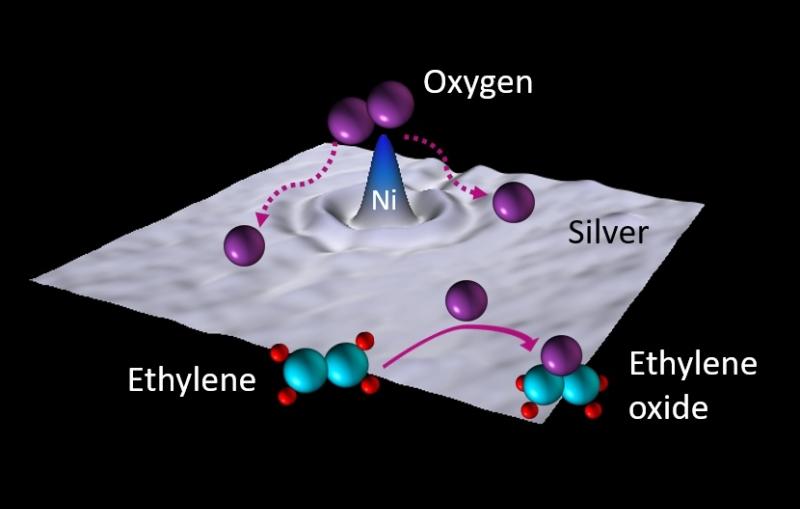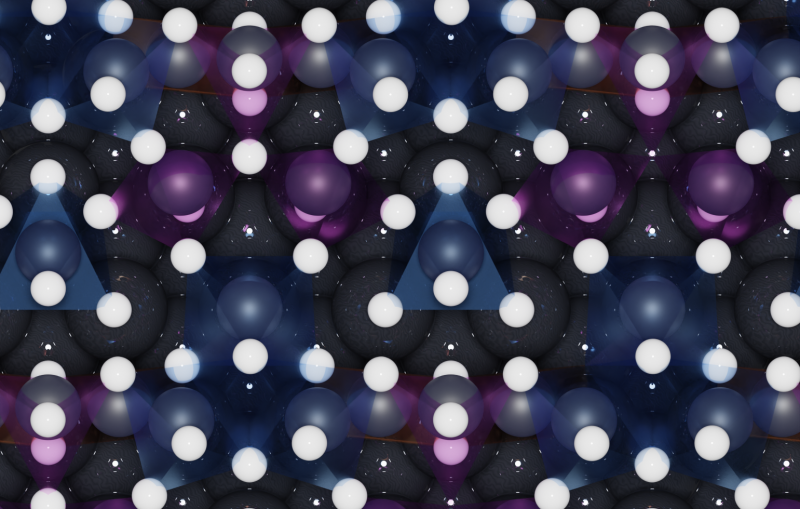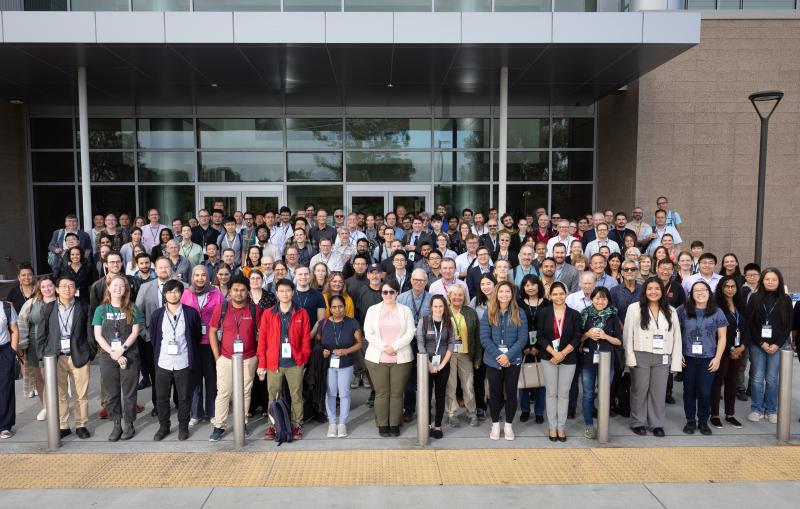


News Feature
Oak Ridge National Laboratory
Standing up the nation’s supercomputing pipeline for streaming big data in real time

SSRL is a pioneering synchrotron radiation facility known for outstanding science, technological innovation and user support. It provides extremely bright X-rays that scientists use for a wide range of research that probes matter on the scales of atoms and molecules.



